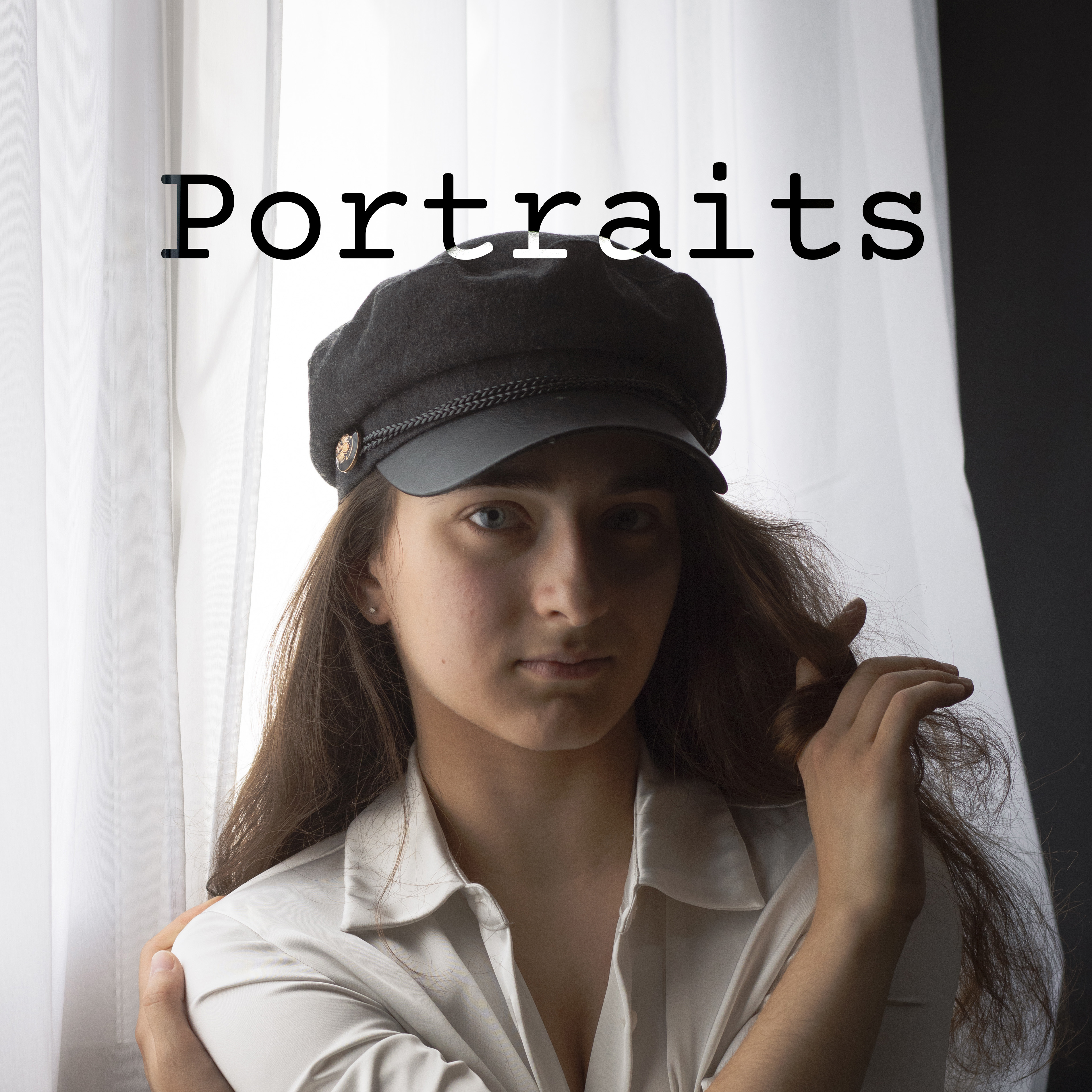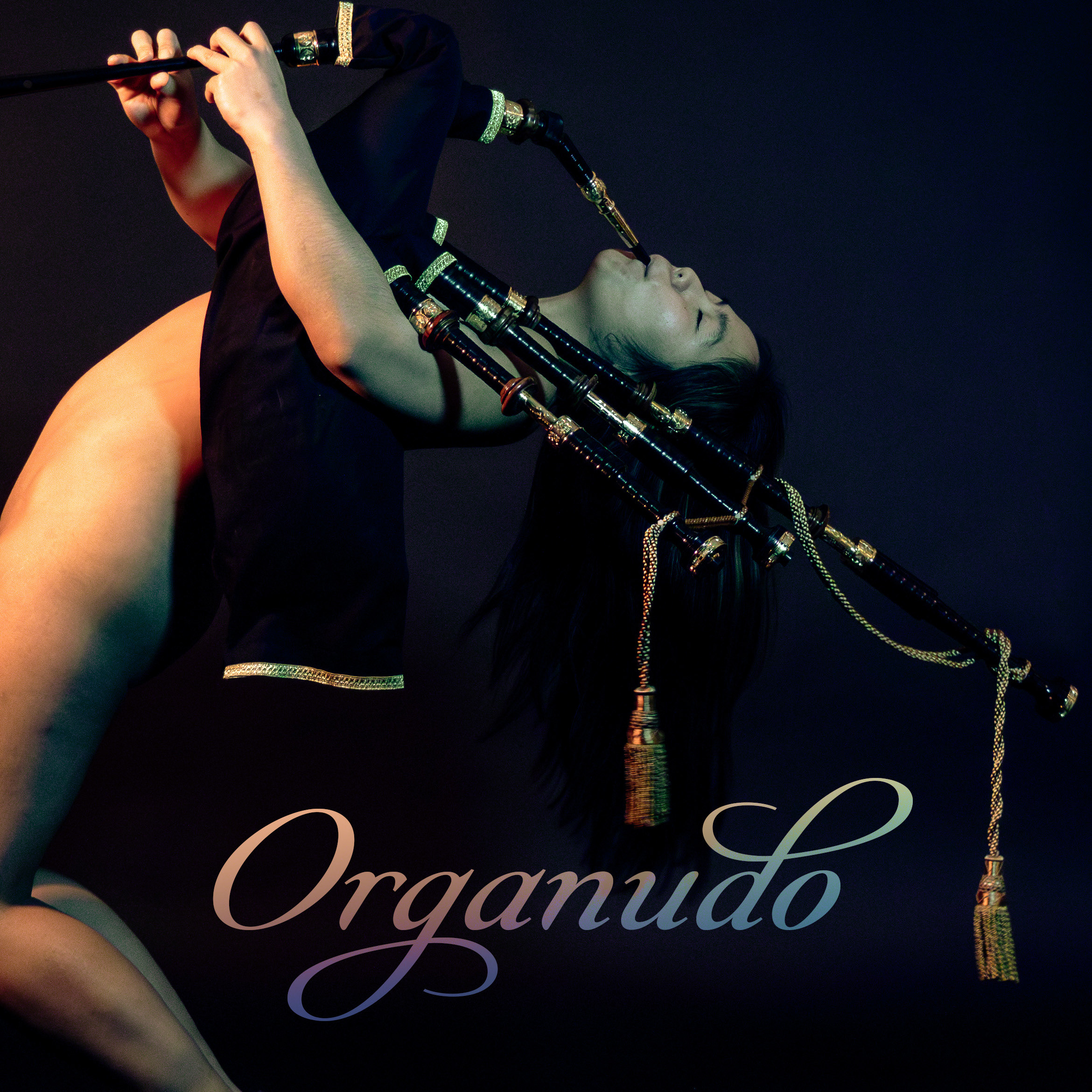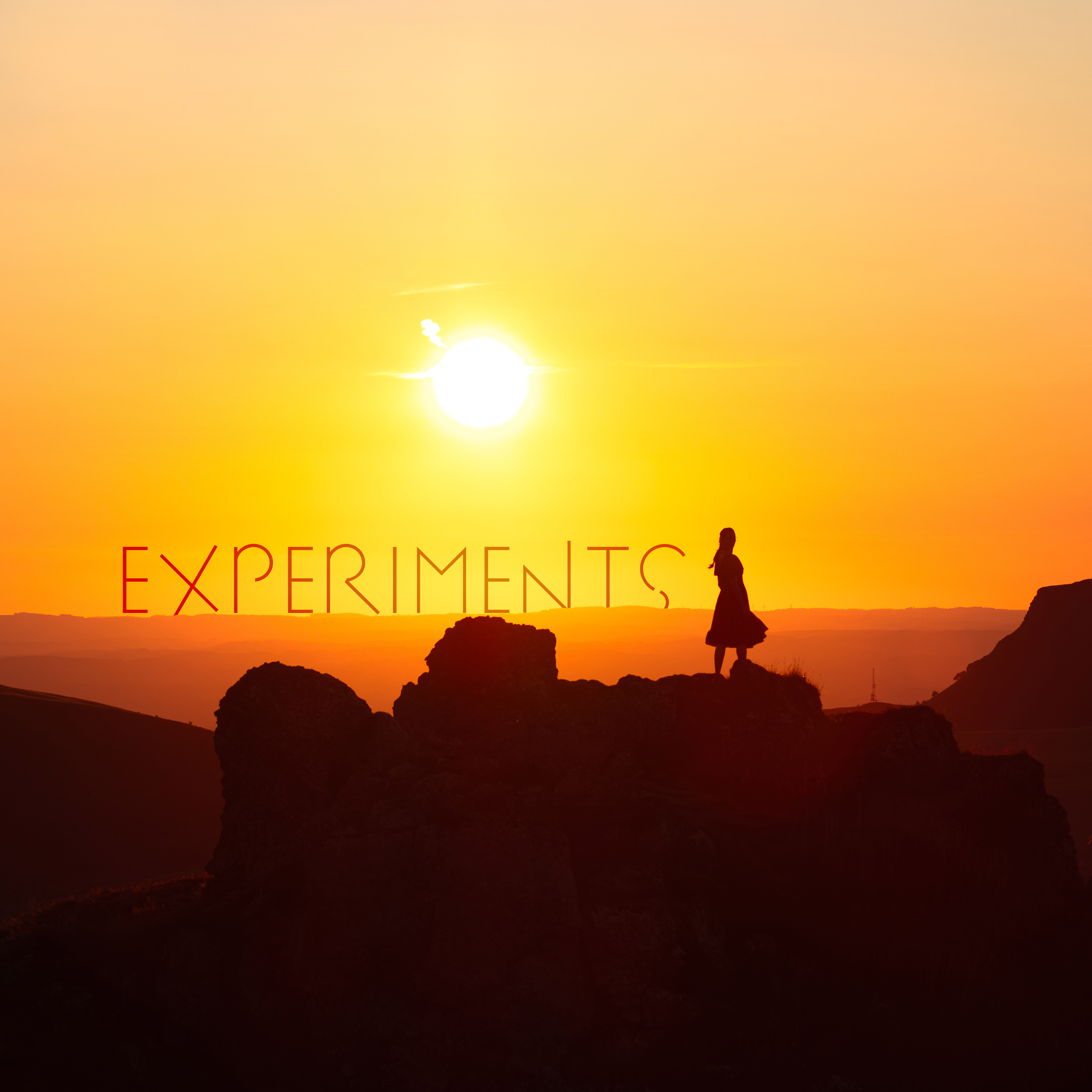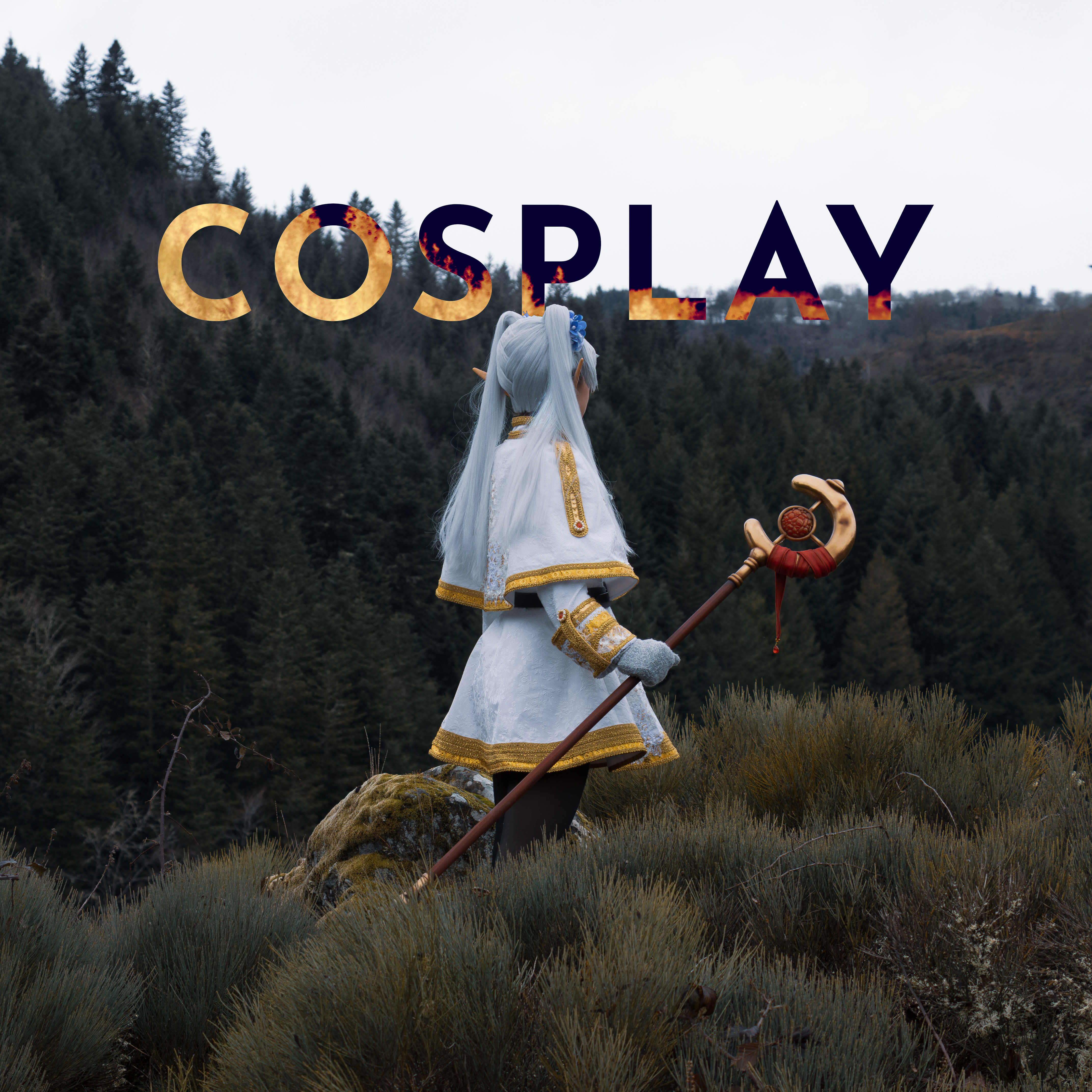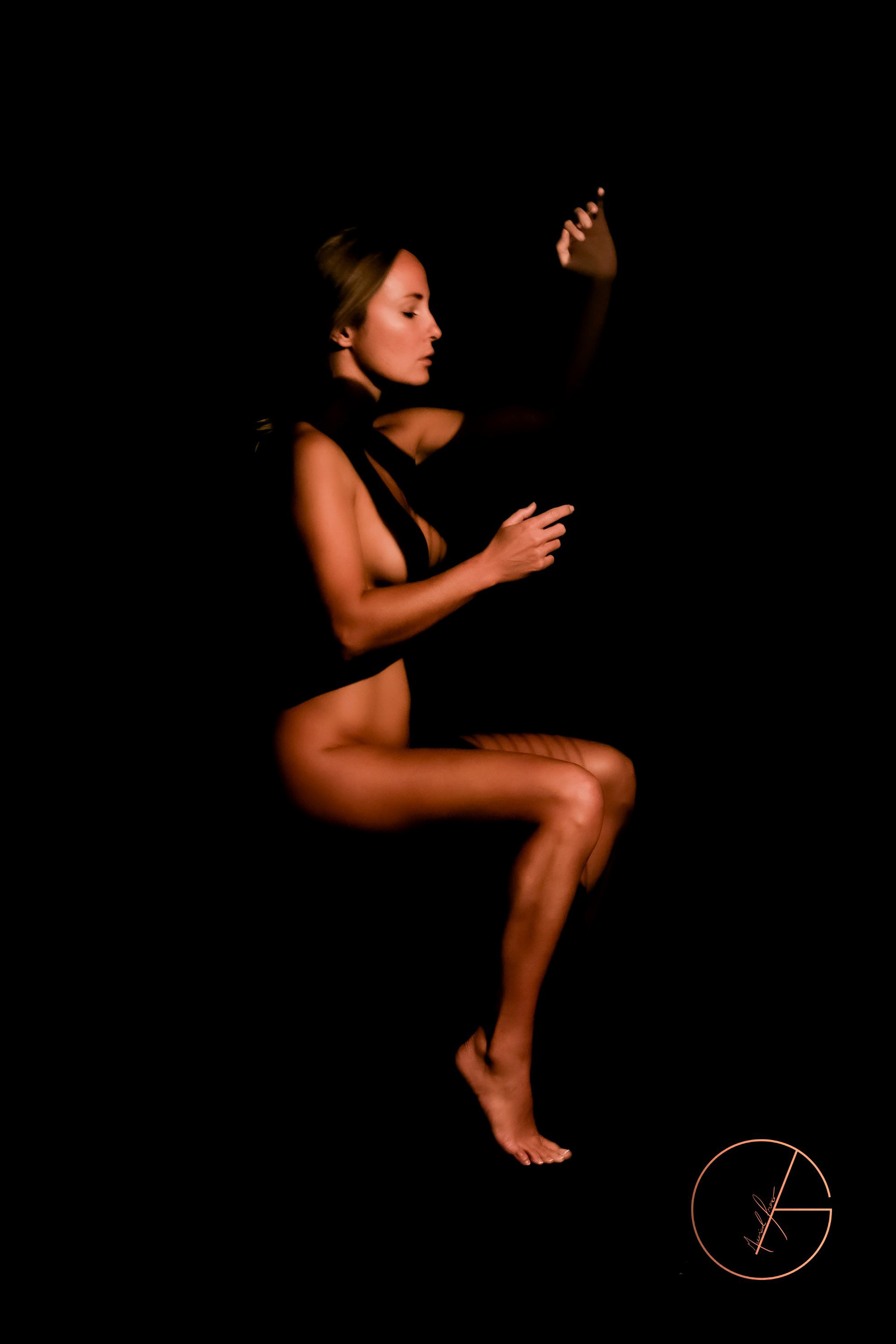
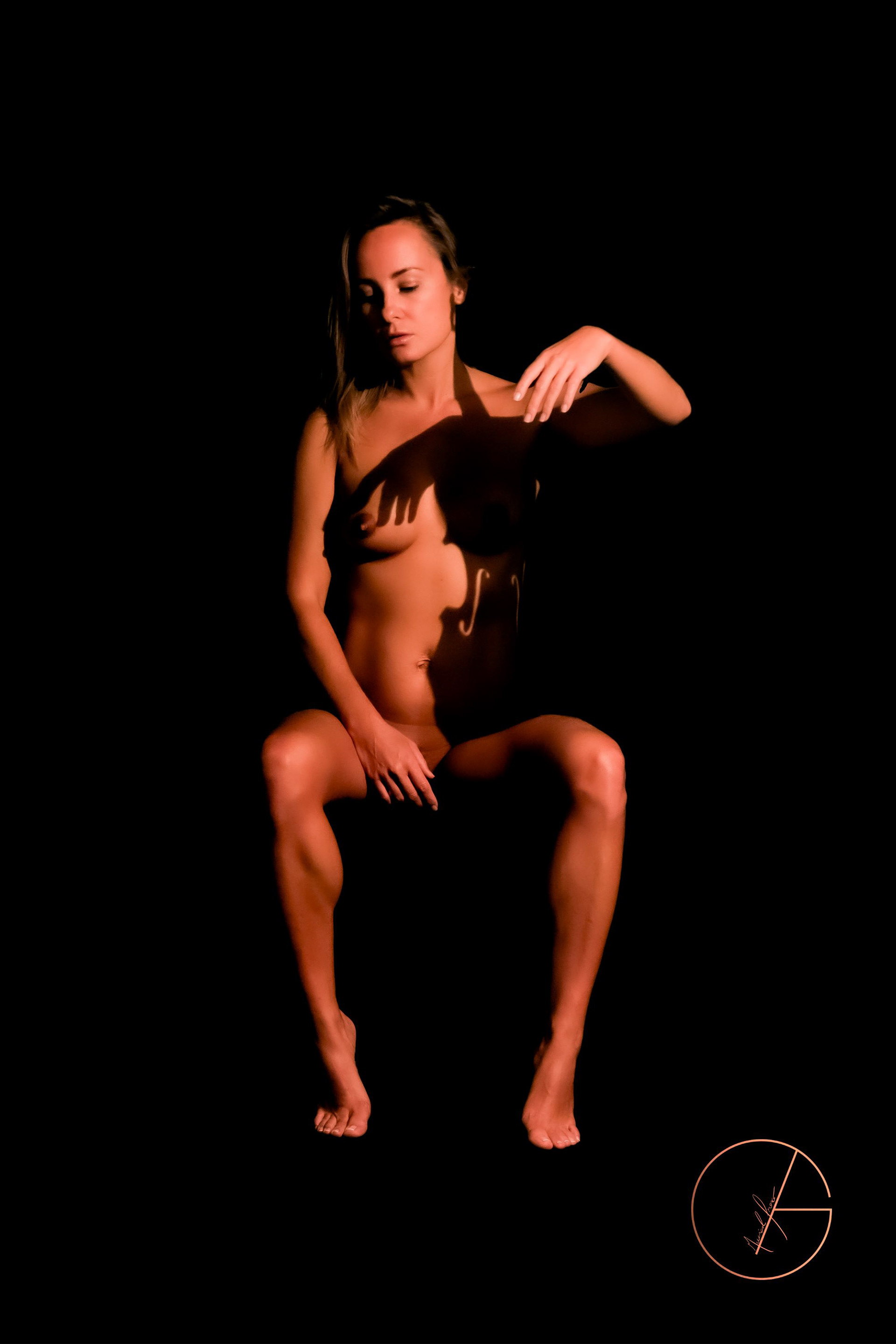
Dedicated to the art of storytelling
I've always loved music. For as long as I can remember, my fascination with sound has naturally led me to train as a classical musician. I was lucky enough to flourish in a wide range of orchestras and styles, but it was on the stage that my true vocation was revealed: storytelling. This passion became my profession, along with conducting and musical composition.
Studying archaeology and art history at the same time introduced me to many different forms of creation, and led me to take up drawing, painting and photography.
From music to photography
The world of music is full of graphic and photographic representations, but they often focus on stage performance or the prestige of the discipline. I want to show something more organic and less to do with the practice itself than with the impact it can have on the musician's bodily dynamics. If a violinist puts a tender or aggressive intention into his playing that will be perceptible to the ear, it will first be through his psyche and then his body that he will have to express it in order to instil it into the instrument that produces the sound.
That's why I came up with the idea of shadows: to symbolise the instrument in a discreet way, to represent the practice of the instrument through the body itself, while hinting at its material constraints. In this way, the body of the artist producing the music is visualised as if in a dream, naked, free from the gaze of others and devoid of materialism, it is nothing but emotion mixed with physical mechanics.
The challenge was therefore considerable: to create 15 photographic portraits allegorically representing the major families of instruments in a symphony orchestra (strings, woodwinds, brass and percussion), arranged on the same image in a semi-circle presided over by a conductor and from the audience's point of view.
Each portrait - embodied by a different model - will incorporate the dynamics and realistic posture of an instrument, the latter symbolically cast in shadow on the model's body.

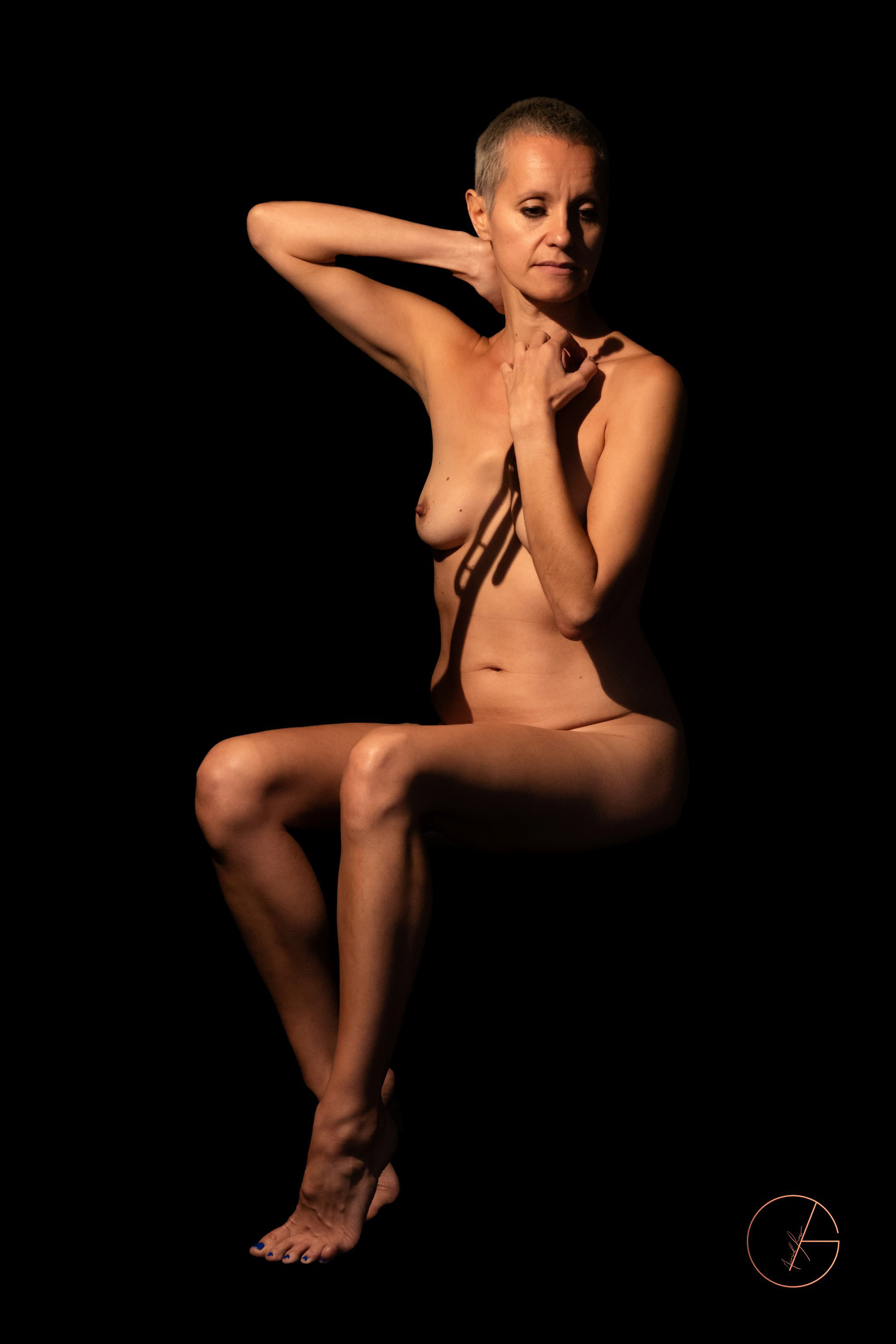
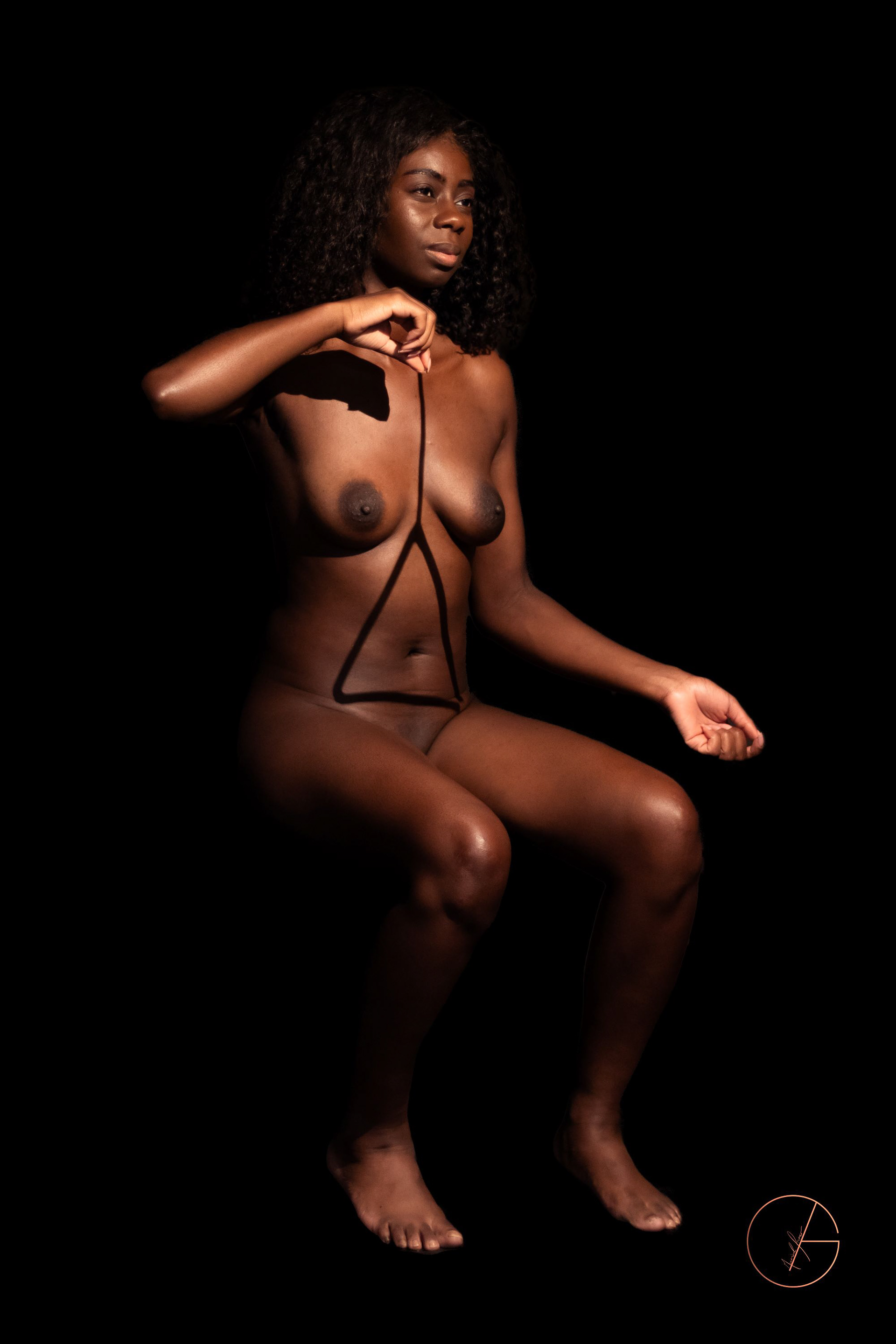

For this ambitious photographic project, it's not just a matter of holding an instrument to project a shadow, but understanding how shadows work from a scientific point of view, with their deformation and source, and anticipating the postures of the models while leaving room for their free expression.
This involved a wide range of skills, from 3D design to the manufacture of structures and lights, and of course photography and editing.
So I surrounded myself with two people (with whom I've been able to bring many projects to life) to launch a long period of research and experimentation on light and shadows, but also on instruments and their postures directly with musicians. The result was the production of unique, made-to-measure equipment dedicated to this project, to recreate a simulation that was both credible and dreamlike.

